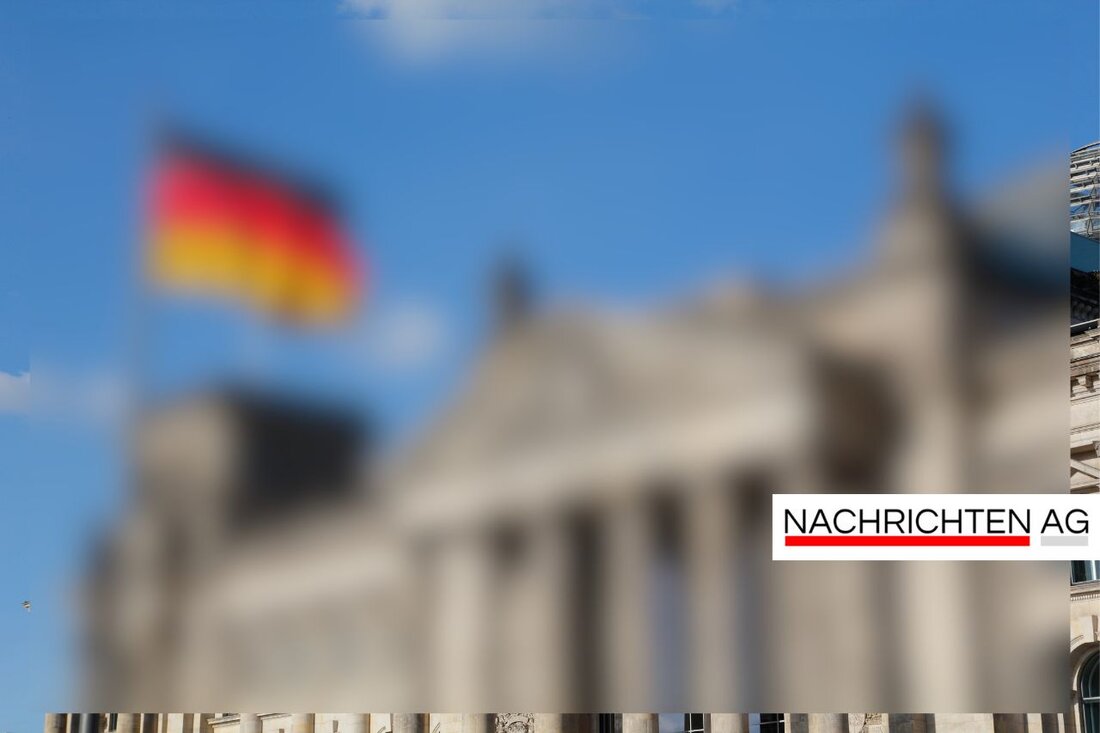Air quality in Göttingen: Focus on fine dust and ozone!
Current air quality data in Göttingen on June 30, 2025: Measurements show fine dust, nitrogen dioxide and ozone levels.

Air quality in Göttingen: Focus on fine dust and ozone!
In Göttingen, air quality is closely examined every day. A comprehensive evaluation of the current fine dust (PM10), nitrogen dioxide and ozone values will be carried out at the measuring station on Bürgerstraße today, June 30, 2025. The ambitious limits for PM10 are 50 micrograms per cubic meter of air, with the permitted exceedance limited to a maximum of 35 days per year. According to the Göttinger Tageblatt the air quality in simply classified into the categories “Very Poor”, “Poor”, “Moderate”, “Good” and “Very Good” – with the values for nitrogen dioxide, particulate matter and ozone being taken into account.
The interest in this data is not only noticeable locally, but also at the national level. In Germany, the federal government is careful with the current requirements and standards: in 2023, the Federal Environment Agency published new air quality data that shows that there is widespread air pollution caused by fine dust and nitrogen dioxide that is harmful to health. Almost 99 percent of all measuring stations exceed the WHO recommendations for fine dust, which is 5 micrograms per cubic meter. This trend is particularly clear in cities like Munich and Essen, where the limit values in this country are literally flooded Deutsche Umwelthilfe reports.
Health effects and trends
The health consequences of air pollution are enormous. The recommendations of the Federal Environment Agency are clear: If the values are “very bad”, sensitive people should avoid physical exertion outdoors; If the values are “bad”, strenuous activities should also be avoided. This is intended to help minimize the risk of acute health problems. The foundation for these health risks lies not least in the general particulate matter pollution, which has fallen since the 1990s, but remains consistently high in many metropolitan areas Umweltbundesamt.
The annual average values for PM10 have decreased since 2000 and are now between 15 and 20 µg/m³. Nevertheless, fine dust pollution remains an urgent problem in Germany. The legal regulations stipulate that the daily average value of 50 µg/m³ may not be exceeded on more than 35 days a year, but in reality it is often exceeded, especially in urban areas.
Fine dust and its sources
The causes of this air pollution are diverse. Traffic, industry and heating systems are major human sources of fine dust. The Federal Environment Agency also reports that secondary fine dust can also be produced by gaseous pollutants such as ammonia or sulfur dioxide. In this context, the fireworks on New Year's Eve in particular cause significant fine dust emissions, with around 2,050 tons annually. Of this, 1,500 tons occurred on New Year's Eve alone. Although this is relatively low compared to the average annual pollution, these air pollutants still cause a temporary deterioration in air quality in many cities [Göttinger Tageblatt].
All in all, the issue of air quality remains a central challenge for our health, and not just in Göttingen. Even though values are often lower in rural areas, we all need to work together on solutions to sustainably improve air quality.

 Suche
Suche
 Mein Konto
Mein Konto